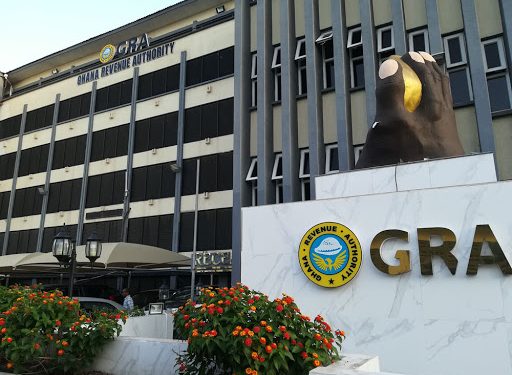adverts
Ghana’s total revenue and grants for the first half of 2025 fell short of projections despite recording impressive year-on-year growth, according to the Bank of Ghana’s September 2025 Monetary Policy Report.
Between January and June 2025, total revenue and grants amounted to GH¢116.2 billion, representing 22.9 per cent growth compared to the same period in 2024. However, this figure was 5.5 per cent lower than the programmed target of GH¢122.9 billion, revealing gaps in several key revenue lines.
The revenue shortfall was broad-based, although some tax categories performed better than expected.
adverts
Non-oil tax revenue slipped slightly below target by 0.2 per cent, while Pay As You Earn (PAYE) collections underperformed by 3.5 per cent, mainly due to reduced payments from the mining sector following the appreciation of the cedi.
On the other hand, corporate tax collections outperformed projections by 2.8 per cent, supported by improved performance in the mining and financial sectors. This marks a positive sign for the broader tax base despite challenges in other areas.
Domestic consumption taxes recorded notable gains, reflecting increased consumer spending amid easing inflationary pressures.
- Domestic VAT exceeded its target by 2.2 percent.
- GETFund Levy surpassed its target by 14.0 percent, and
- NHIL collections were 14.8 per cent above projections.
This strong domestic performance helped cushion the impact of shortfalls in external trade taxes.
Import-related taxes suffered significant shortfalls due to the stronger Ghanaian cedi, which reduced the local value of imports.
- Import duties missed their target by GH¢1.9 billion, a 13 percent decline.
- The import components of VAT, GETFund Levy, and NHIL fell short by 3.8 per cent, 4.6 per cent, and 5.2 per cent, respectively.
The stronger currency, while helping reduce external debt servicing costs, weighed heavily on revenue derived from international trade.
One of the standout performers in the half-year revenue report was the Communications Service Tax (CST).
CST exceeded its target by GH¢400 million, a massive 66.3 percent increase, driven largely by higher gross revenues and stronger collections from prepaid credit sales by a major telecom operator. This underscores the growing contribution of the telecom sector to government revenue.
In contrast, crude oil revenue underperformed sharply, falling 42.7 per cent below target—equivalent to a GH¢4.4 billion shortfall. The Bank of Ghana attributed this to delayed corporate income tax payments and exchange rate effects.
Additionally, grants were GH¢553 million below target, primarily due to the non-disbursement of project grants from some development partners.
Overall, the first-half fiscal data presents a mixed picture: while Ghana’s revenue base showed resilience and strong underlying growth, structural weaknesses—particularly dependence on trade taxes and volatile oil receipts—remain evident.
The report underscores the need for enhanced tax compliance, diversified revenue streams, and efficient collection systems to achieve fiscal targets and support macroeconomic stability under the government’s ongoing consolidation efforts.
Ghana’s half-year revenue performance highlights both progress and persistent challenges in the country’s fiscal landscape. The gains in domestic tax collection and telecom revenues are encouraging, but the shortfalls in oil and import-related taxes show why structural reforms remain crucial.
Click the link Puretvonline.com | WhatsApp Channel to join the WhatsApp channel
GOT A STORY?
Contact/WhatsApp: +233243201960 or manuelnkansah33@gmail.com


